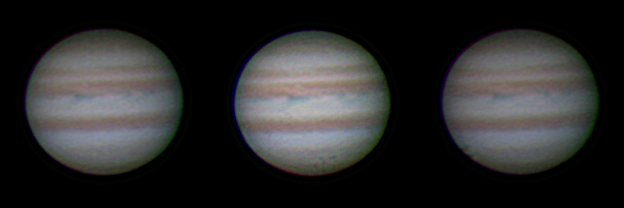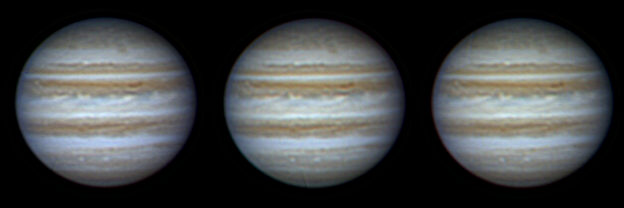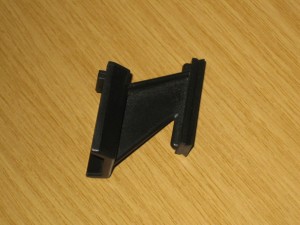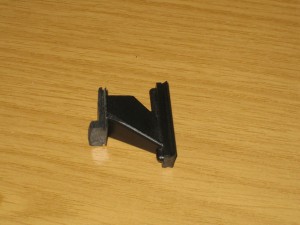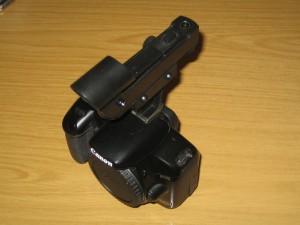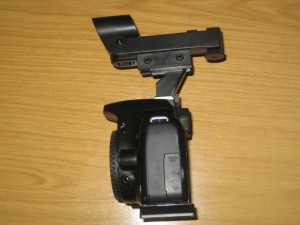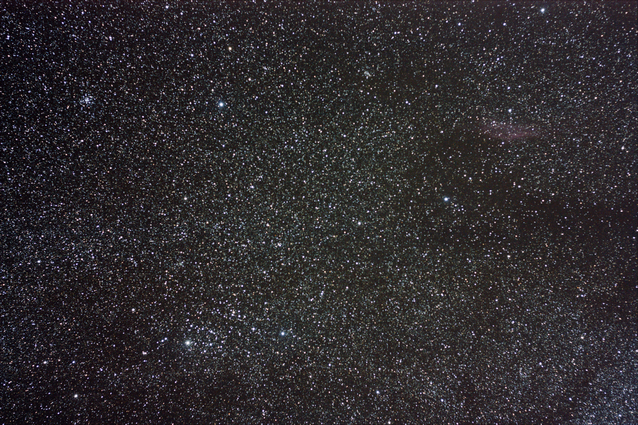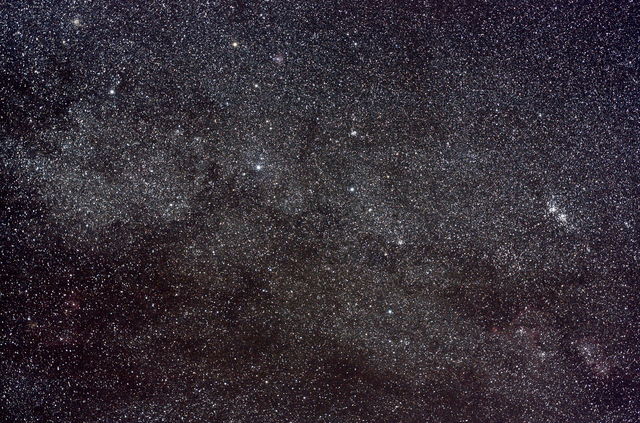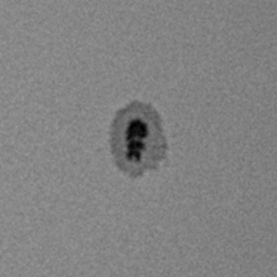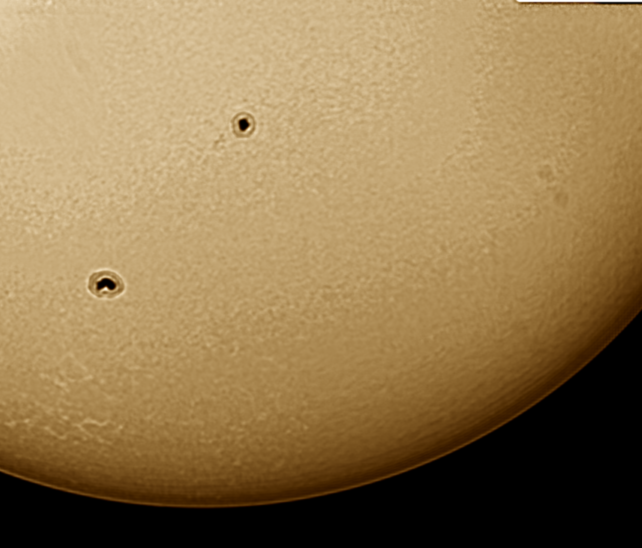“What webcam can I use if I can’t get/afford an SPC900?” seems to be a common question now the SPC900 has become difficult to get hold of, but there doesn’t seem to be much empirical evidence on which to base a comparison of the alternatives, so last night I went out with a view to testing out two other cheap-ish cameras against the SPC900.
It’s not unreasonable to suggest that this is not exactly a fair test. I’ve put, errr, lots of hours into learning to image with the SPC900. I’ve had very little time with the other two and I don’t propose to repeat my efforts. I hope this is useful nonetheless.
All the test images were created using a 127 Mak on an EQ3-2. In the back of the Mak was a GSO/Revelation 2.5x barlow and an extension tube made from a kit Skywatcher barlow with the lenses removed. That gives a focal ratio of somewhere in the region of f/35. I’ve done the best I can in terms of settings and capture for the images rather than used the same for all, with the exception of only using Registax v6 for stacking and only making one attempt with each dataset which means there are some stacking artefacts in some of the images. The Xbox and Lifecam cameras also have sensors that could do with a bit of a clean, but it’s taken me ages to get my SPC900 sensor clear of filth and I didn’t have time to do the others. I used SharpCap for the captures and generally stuck to three minute runs. Seeing was pretty good generally, but not quite milkywaytastic. Before feeding the data into Registax I cropped the capture files down using PIPP, and each single image below is the result of a different capture run.
First the Xbox camera. Dirt cheap, and I’d modded it by cutting down the lens cowl and fitting a nosepiece with an IR filter, picking all the LEDs off the circuit board and fitting a small fan to the back. I had some trouble getting the colour balance anywhere near something that looked good with this camera and it was astonishingly noisy. Despite the fact that it will allow higher frame rates, the fastest I could get it to run and produce a reasonable image was 15fps. The images also came out astonishingly purple. I’m not talking a delicate shade of violet here. I mean quite vibrant in-your-face purple. I have no idea why that should be, but it was quite clear from the histograms in Registax that blue and red were far stronger than the green. On the positive front this camera does have a gain control and I used it to keep the SharpCap histogram around the 80% mark. I captured 1800 frames in each run and stacked the best 50%, adjusting the histogram to give a bit more natural colour. Registax did struggle a bit with the RGB alignment and I ended up having to adjust that by hand. Here are the results:
You know what? They’re noisy and showing signs of being over-processed, but for a £4 webcam I think that’s pretty good. When I started out imaging I’d have been very happy to have turned out something like that. The banding is clear and it’s possible to make out the festoons and turbulence around the NEB and if you can do that in the first few times you’ve been out imaging the planets with a webcam I think you’ve made a fair job of it.
And so to the Lifecam Cinema. I modded this one and housed it in a Skywatcher 25mm kit eyepiece barrel with an IR filter on the end. Whilst the camera supports larger images there was no need and I just used 640×480 to try to keep the frame rate up. As it happened I found higher frame rates just made for very poor image quality and I ended up dropping back to 20fps at the most. There’s no separate gain control on this camera and the white balance, brightness and gamma seem to work in a way that isn’t entirely clear to me. Whilst the Xbox camera was plain noisy, this one just seemed really hard to get a decent image out of on the screen and I spent ages fiddling with the controls before getting something I felt was acceptable. I seem to have more stacking artefacts in these than any of the others and the colour balance was difficult to get reasonable. The camera seems exceptionally sensitive in red and I had to wind the red channel down a bit to balance things out. Even now two of the images look far too yellow, but that’s probably fixable given more time. Registax did hideously badly at getting the RGB align right and I had to do that manually. Here they are:
The processing artefacts are a bit of a distraction, but in terms of detail I think these aren’t bad. They’re a definite step up from the Xbox camera, but then the camera itself is perhaps five times as expensive.
And finally, the daddy of them all, the SPC900. Compared to the other two cameras this one is so easy to use, the colours are far more controlled and it’s just far easier to work with. It’s a doddle to modify and the upgrade from SPC880 to SPC900 is easy as long as you have access to a Windows XP box. It won’t do more than 10fps at 640×480 without serious compression of the data, but actually the other two don’t do a whole lot better anyhow. Registax still had trouble stacking some of my files and created artefacts in the final images though less intrusive than those from the Lifecam, but otherwise there were no real problems in creating these:
I think it’s quite obvious that the SPC900 leaves the others in the dust. For the £5 I paid for the ones I have it’s brilliant. For the £50 or thereabouts it seems to go for now it’s still a pretty good imaging camera. The detail is sharper, the colours are cleaner, the low-light performance is just better and it’s actually less work.
It is entirely possible that with other scopes these camera may perform differently. I think the more light you can get on the Xbox and Lifecam cameras the better they do. I really wouldn’t want to guess at how they’d perform in, say, a 200P, but hopefully this is a useful datapoint. The Xbox camera particularly seems to struggle a bit in low light, but it clearly still can work.

